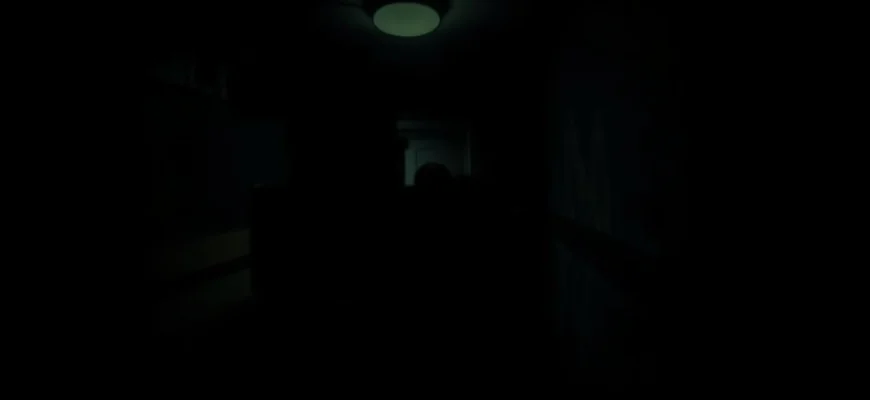If you're a fan of found-footage horror and psychological thrillers, you'll love 'The Dakota Entrapment Tapes' (2020). This gripping film blends eerie suspense with raw, documentary-style storytelling, leaving viewers on the edge of their seats. In this article, we’ll explore 10 movies and shows that capture the same unsettling atmosphere, claustrophobic tension, and mind-bending twists. Whether you're looking for your next binge-worthy scare or just curious about similar titles, this list has something for every horror enthusiast.
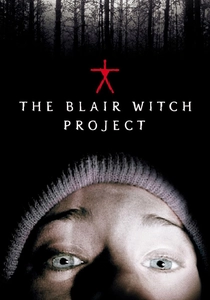
The Blair Witch Project (1999)
Description: Similar to The Dakota Entrapment Tapes, The Blair Witch Project is a found-footage horror film that creates a sense of realism and dread through its documentary-style presentation. Both films rely on the audience's suspension of disbelief, presenting the footage as real events. The themes of isolation, supernatural phenomena, and the unknown are central to both films.
Fact: The Blair Witch Project was made on a budget of only $60,000 but grossed over $248 million worldwide. The actors were given minimal direction and were actually sent into the woods with limited supplies to enhance their performances. The film's marketing campaign famously claimed it was real footage, leading many to believe it was a true story.
 Watch Now
Watch Now 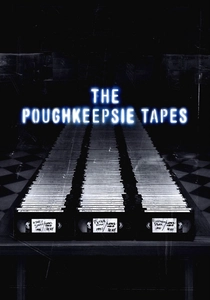
The Poughkeepsie Tapes (2007)
Description: The Poughkeepsie Tapes, like The Dakota Entrapment Tapes, is a found-footage horror film that presents itself as a documentary. Both films focus on the investigation of a terrifying event, with the horror unfolding through the footage. The sense of realism and dread is a key similarity.
Fact: The Poughkeepsie Tapes was shelved for years before finally being released. The film was inspired by real-life serial killers. The director, John Erick Dowdle, also directed As Above, So Below.
 Watch Now
Watch Now 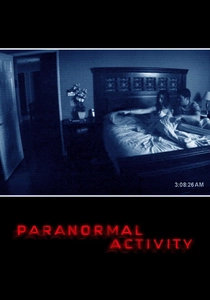
Paranormal Activity (2007)
Description: Like The Dakota Entrapment Tapes, Paranormal Activity uses the found-footage format to create a sense of realism and tension. Both films focus on supernatural occurrences in a domestic setting, with the horror unfolding gradually through the footage. The minimalist approach and reliance on suspense rather than gore are key similarities.
Fact: Paranormal Activity was shot in just seven days on a budget of $15,
 Watch Now
Watch Now 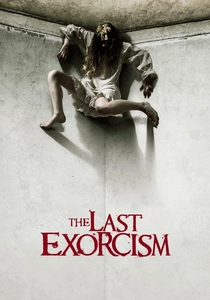
The Last Exorcism (2010)
Description: The Last Exorcism, like The Dakota Entrapment Tapes, uses the found-footage format to document a supernatural event. Both films focus on the gradual unraveling of a terrifying truth, with the horror unfolding through the footage. The themes of possession and the unknown are central to both.
Fact: The Last Exorcism was shot in just 18 days. The film was produced by Eli Roth, known for his work in the horror genre. The ending was kept secret from the actors to enhance their performances.
 Watch Now
Watch Now 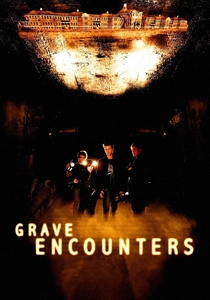
Grave Encounters (2011)
Description: Grave Encounters shares the found-footage format and supernatural themes with The Dakota Entrapment Tapes. Both films document a terrifying investigation into the unknown, with the horror escalating as the footage progresses. The sense of realism and immersion is a key similarity.
Fact: Grave Encounters was shot in an abandoned psychiatric hospital. The film was made on a budget of $100,
 Watch Now
Watch Now 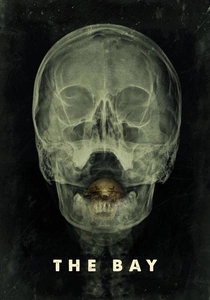
The Bay (2012)
Description: The Bay, like The Dakota Entrapment Tapes, is a found-footage horror film that presents itself as a documentary. Both films focus on the investigation of a terrifying event, with the horror unfolding through the footage. The sense of realism and dread is a key similarity.
Fact: The Bay was directed by Barry Levinson, known for his work in drama. The film blends horror with environmental themes. The footage is presented as a compilation of various sources, including news reports and personal recordings.
 Watch Now
Watch Now 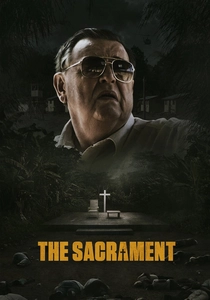
The Sacrament (2013)
Description: The Sacrament shares similarities with The Dakota Entrapment Tapes in its documentary-style approach and its focus on a real-life inspired cult. Both films use the found-footage format to immerse the viewer in the unfolding horror, creating a sense of authenticity and immediacy.
Fact: The Sacrament is loosely based on the Jonestown massacre. The film was directed by Ti West, known for his work in the horror genre. The actors improvised much of their dialogue to enhance the realism.
 Watch Now
Watch Now 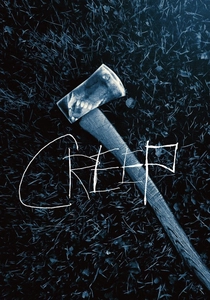
Creep (2014)
Description: Creep shares the found-footage format and psychological horror elements with The Dakota Entrapment Tapes. Both films document a terrifying encounter, with the horror unfolding through the footage. The sense of unease and unpredictability is a key similarity.
Fact: Creep was shot in just eight days. The film was written by and stars Mark Duplass. A sequel, Creep 2, was released in
 Watch Now
Watch Now 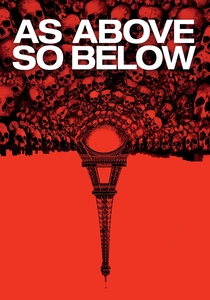
As Above, So Below (2014)
Description: As Above, So Below shares the found-footage format and supernatural themes with The Dakota Entrapment Tapes. Both films document a terrifying journey into the unknown, with the horror escalating as the footage progresses. The sense of claustrophobia and dread is a key similarity.
Fact: As Above, So Below was shot on location in the catacombs beneath Paris. The film blends horror with historical and mythological elements. The director, John Erick Dowdle, is known for his work in the found-footage genre.
 Watch Now
Watch Now 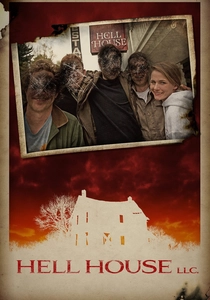
Hell House LLC (2015)
Description: Hell House LLC, like The Dakota Entrapment Tapes, is a found-footage horror film that documents a terrifying event. Both films use the format to create a sense of realism and dread, with the horror unfolding through the footage. The themes of supernatural phenomena and the unknown are central to both.
Fact: Hell House LLC was shot on a budget of just $100,
 Watch Now
Watch Now 
